True, legitimate, deep environmentalism is, above all, a luminous act where the human being gives himself body and soul to the defense of life. It is luminous because it lights flames of hope in a world of darkness.
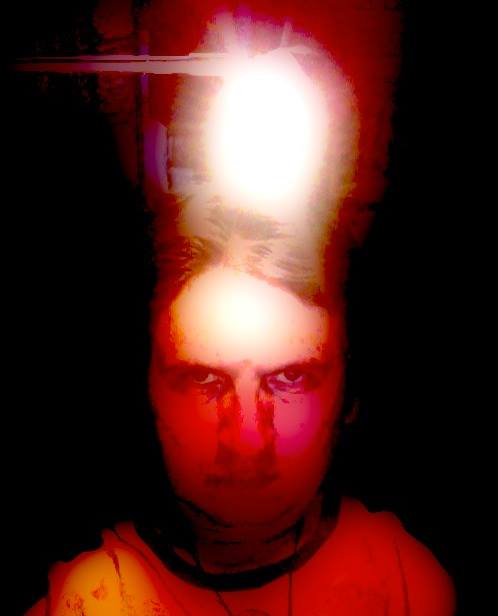
Pablo Alarcón Chaires was an exceptional environmentalist whose career left a trail of light. His very arrival and departure from the vital torrent were exceptional. He was born on the day death is celebrated (November 2, Day of the Dead), and he died on a date marked by the renewal of life: 2, 2 of 22, Candlemas Day, Chinese New Year and, as if that were not enough, of Fuego Nuevo (New Fire lit to greet the Purépecha New Year*). A being in harmony whose serenity hid an overflowing passion for scientific and artistic creation, and for justice. Today we realize that his silence actually contained a libertarian cry.
For more than 20 years Pablo accompanied me in a thousand battles, and in his absence today he appears in everyone´s eyes as a larger-than-life figure. Surveying his actions, I identify nine fields. He was a notable scientific researcher, brilliant artist, communicator, profound philosopher, consistent conservationist, eco-technologist, Freemason, defender of human rights and the rights of nature, and a passionate promoter of shamanism. Nothing stopped him. He always went into action to carry out his dreams.
Para leer este artículo en español haz click AQUÍ
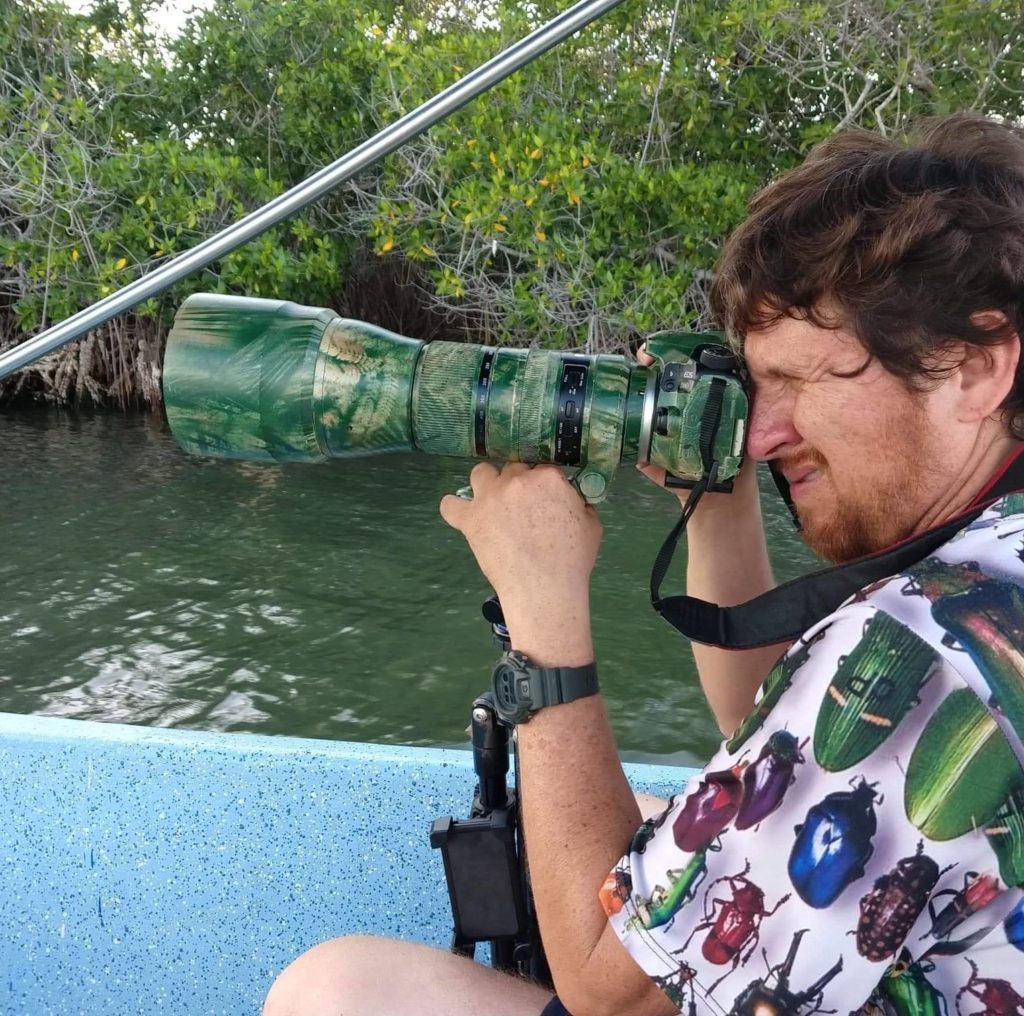
As an academic at the UNAM campus in Morelia, in addition to being a professor, he made substantial contributions to ethnoecology (the relationship between indigenous peoples and their natural environment) with detailed studies of the Purépecha and Nahua of Michoacán and the Cucapá of Baja California.
His contributions were central in two key projects of our laboratory: The ethnoecological atlas of Mexico and Central America, and the Observatory of socio-environmental conflicts in Mexico. His output is beyond calculation. He published 17 books and dozens of scientific and popular articles. His work Other epistemologies (2017) stands out as a product of his doctoral thesis in complex thought where he had the opportunity to interact with the great French thinker Edgar Morin. A good part of his journalistic articles, essays and speeches are gathered in the book Catharsis (2012).
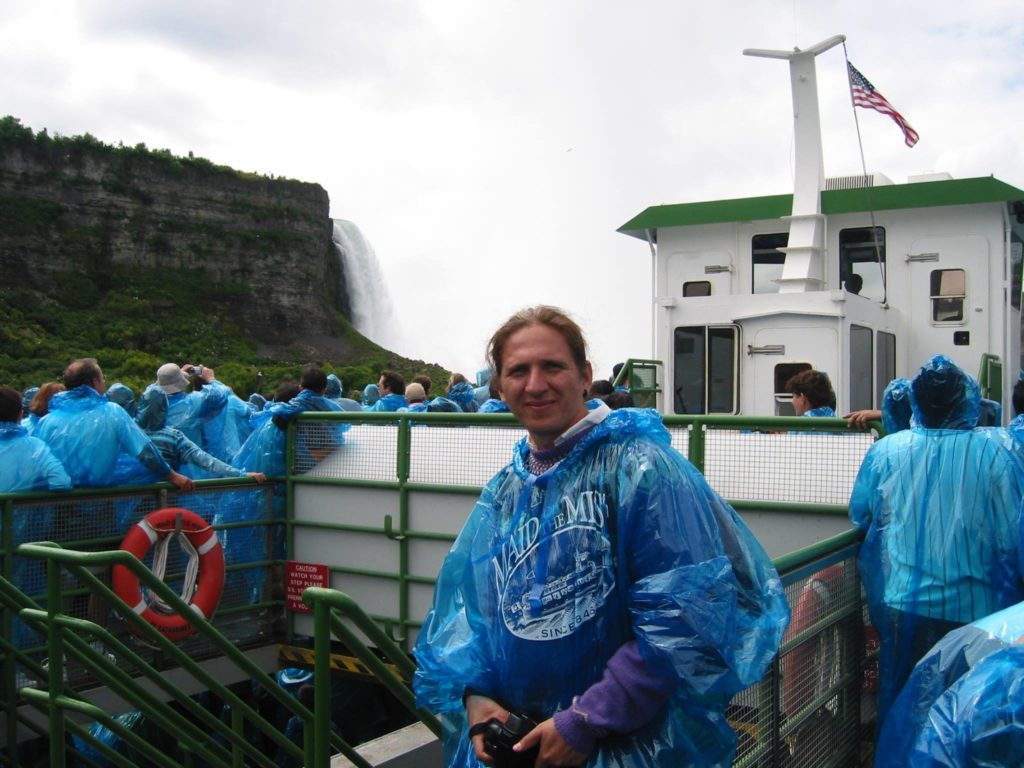
As a biologist, he not only dealt with snails and sea turtles, but together with his wife and children he also voluntarily launched a 20-hectare conservation area with pine forests near Tiripetío, Michoacán, which he later turned into a center for environmental education focused on participation and awareness. Over time, the Tsíntani Center became a model for workshops, courses, seminars and exhibitions of art and ecological technologies.
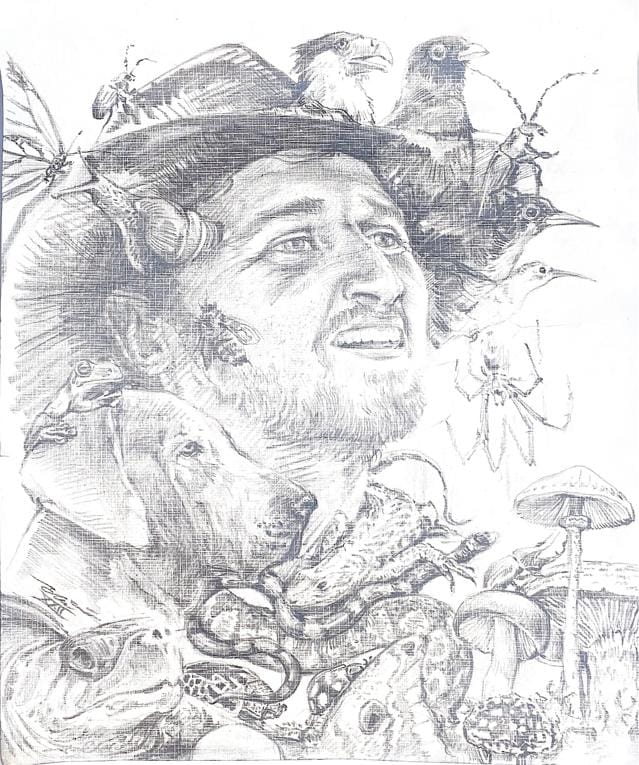
This is only half the story. Pablo also participated decisively as a political activist in the defense of human rights and the rights of nature. His philosophy — based on Freemasonry, a direct inheritance from his father — led him to write burning articles and deliver fiery speeches in favor of secularism and against religious influence.
This led him to connect with another notable member of that group: Dr. José Manuel Mireles, undisputed leader of the Michoacan self-defense groups, considered to be the Emiliano Zapata of the Tierra Caliente. Becoming Mireles´s main interlocutor, Pablo maintained correspondence with the imprisoned Mireles (2014 to 2017), which allowed the preparation of his book We are all self-defense. In his Introduction, Pablo stated:
[This book] was written in the solitude of four walls, where injustice confined a daring and courageous citizen who, together with others, had decided how he was going to die in the face of an organized criminality that had penetrated and placed itself in the spheres of power.
His involvement in the defense of nature is confirmed by numerous articles and conferences, his denunciations of the expansion of the avocado belt, and the creation of the Network of Environmentalists of Michoacán. In his last article, he undertakes a direct denunciation of the new state government that repeats the vices and dishonesty of the neoliberals in environmental matters.
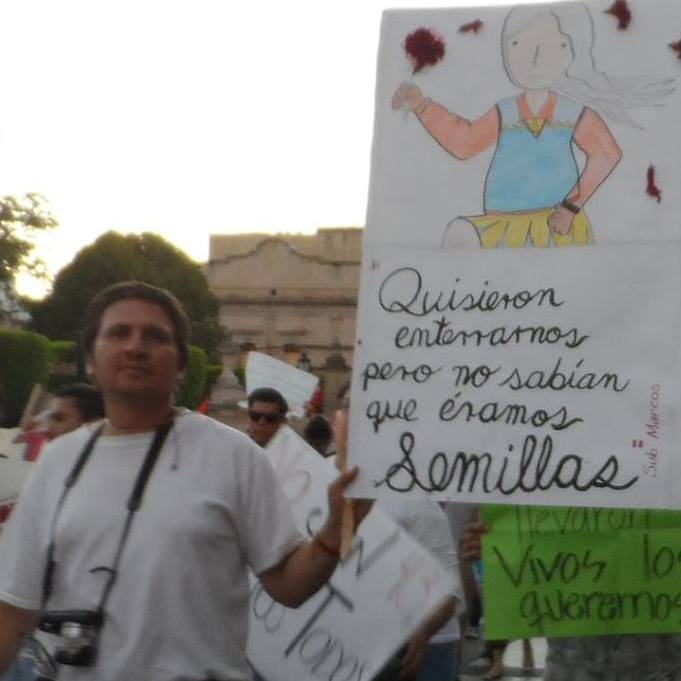
I have left to the end what I consider to be the part of Pablo´s life that gave it its driving force: its spiritual dimension. He was not just an external observer and admirer of indigenous peoples; in one way or another, he ended up integrating himself into a much deeper and more essential worldview. Celebrated are the many rituals he performed with Don Julio, a Wixárika marakame (shaman), and his connections and actions with other men and women of wisdom. For them, he succeeded in building a suspension bridge in the forest, a sculpture dedicated to assassinated environmentalists, a tunnel of recycled tires, several ecological machines, hundreds of photographs of nature, and a temazcal (sweat lodge).
Pablo´s life exemplifies one that millions are now following under a luminous environmentalism. One only has to regret that his death, tragic and unjust, has suppressed a life full of light. I write this with infinite pain, but also with immense gratitude for all he leaves us.
Editor’s note: Pablo Alarcón Chaires died following surgery at Star Medical Center in Morelia, Michoacán, according to media reports.
This story was translated by Jane K. Brundage, founding editor of Voices for Mother Earth. It previously appeared in Spanish in La Jornada
Translator’s note: Nuevo Fuego (New Fire) is a millennia’s-old tradition of the Purépecha people in Michoacán. When the constellation Orion appears at its zenith, the Old Fire is extinguished and the New Fire is lit in gratitude to Mother Earth for all she provided in the past year and in petition for a bountiful harvest in the New Year. Sources: El Sol de Morelia; INAH
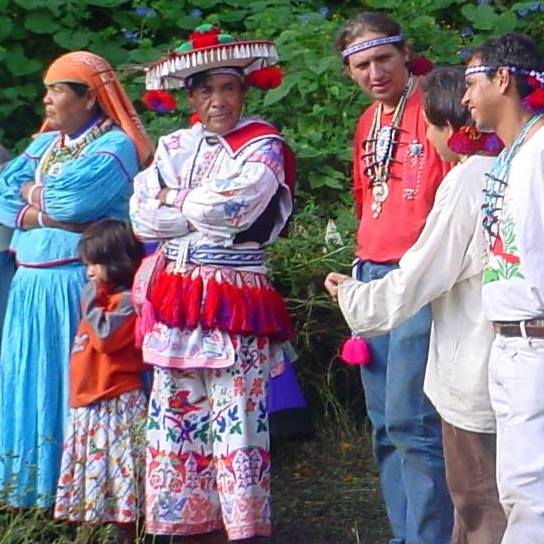
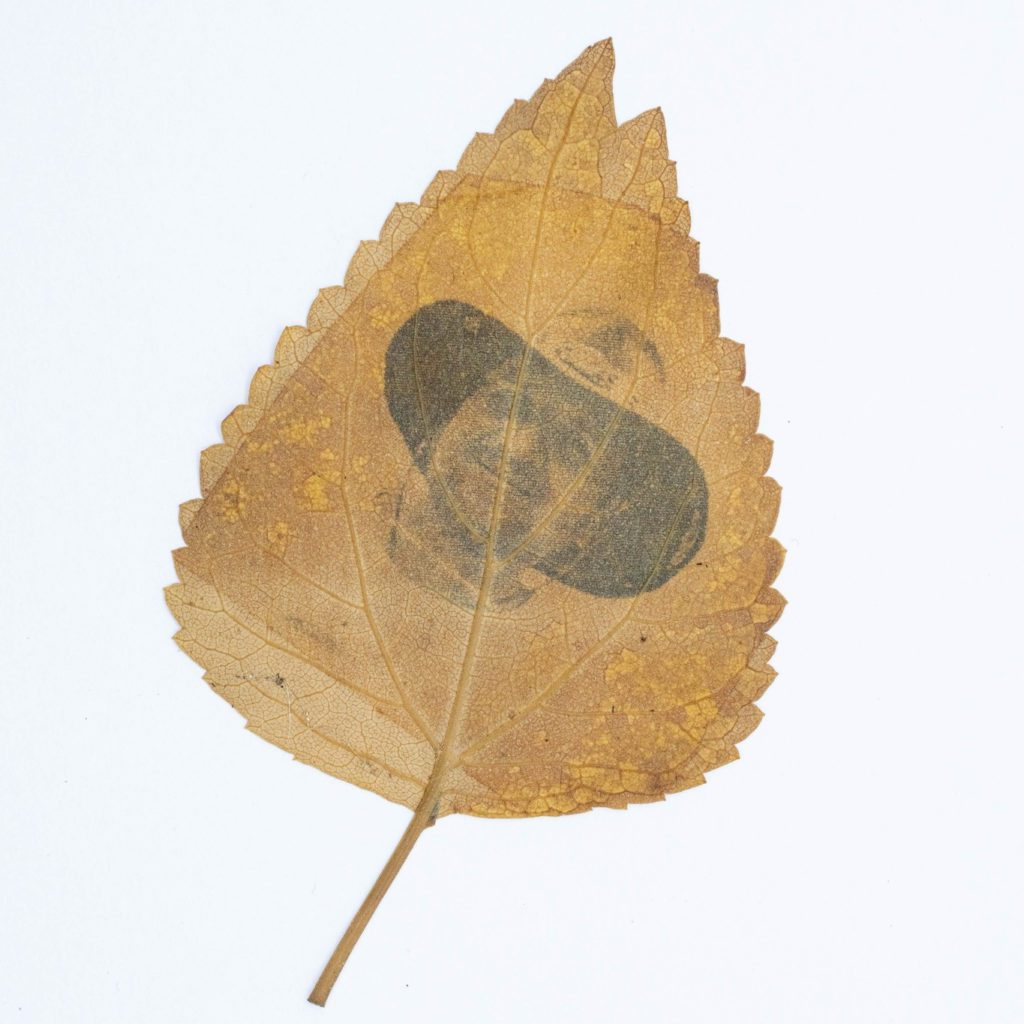
Luminous environmentalism Pablo Alarcón Chaires Victor Toledo
Beautiful tribute to a beautiful light on Mother Earth. So sad that the powers that be continue to oppress the ones who support the land, the animals, the waters …
Thank you for sharing this. Much appreciated.
mi amor ojo de dios